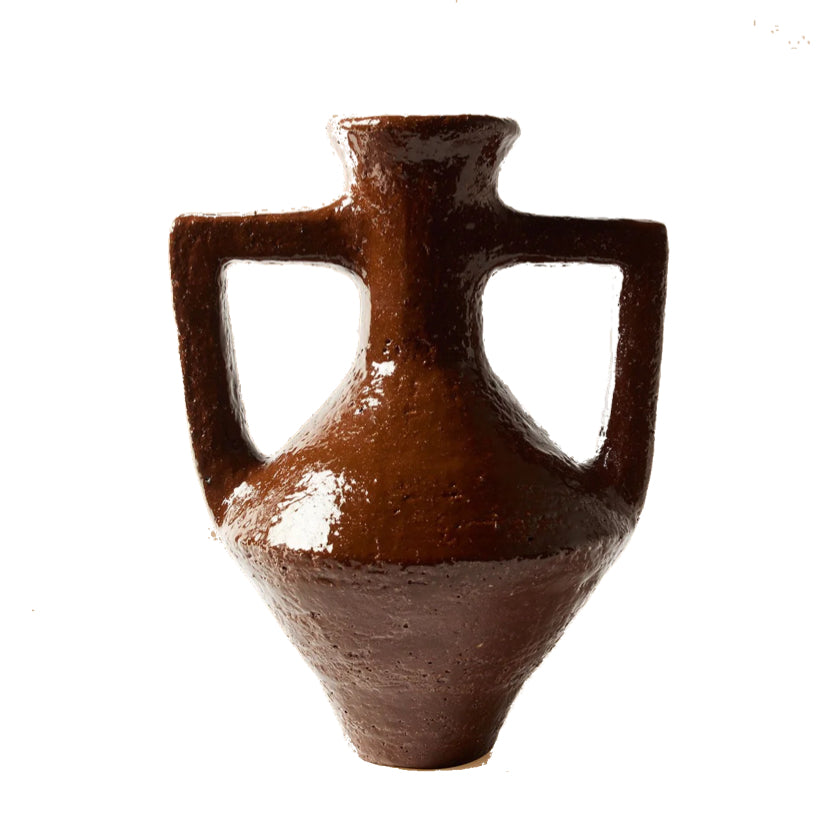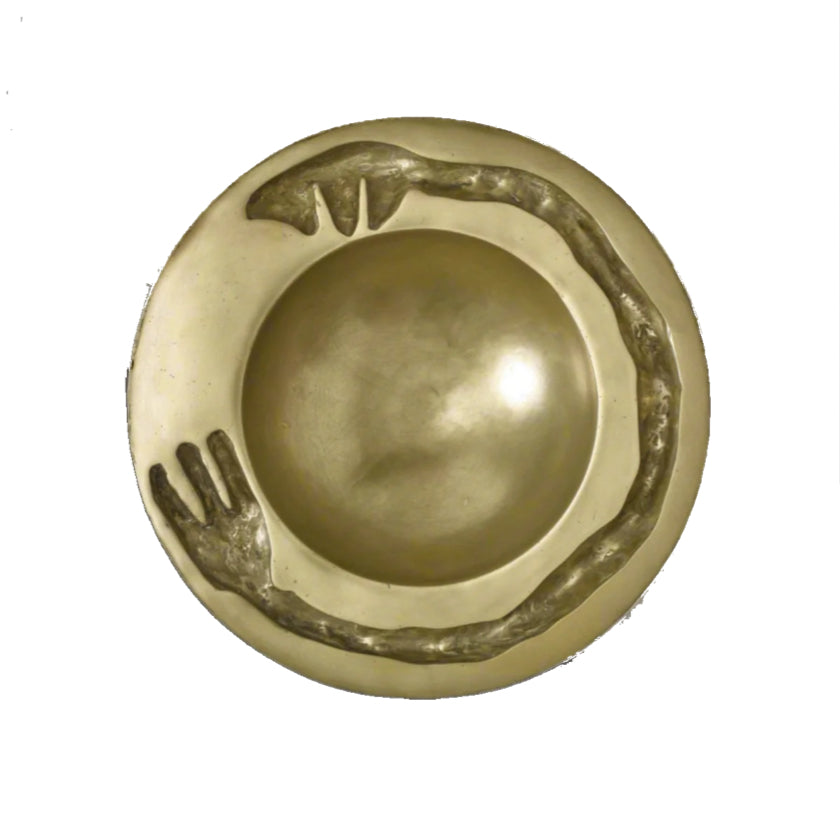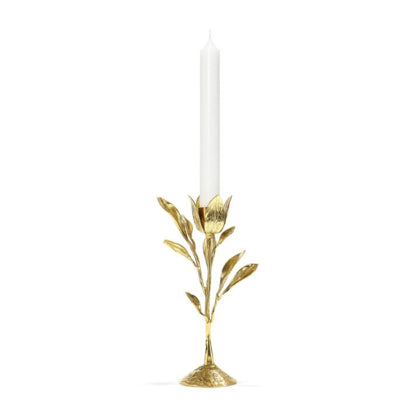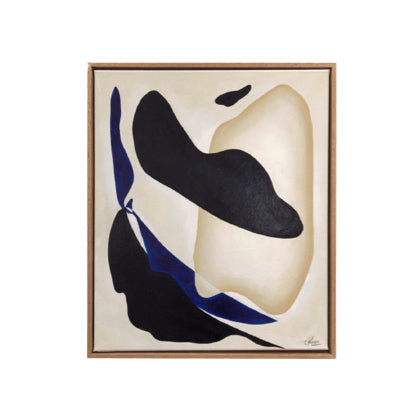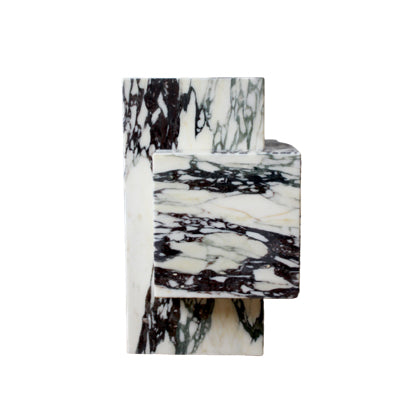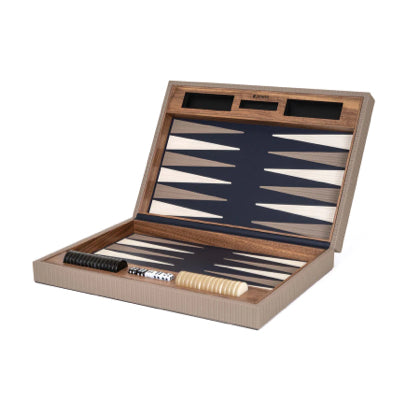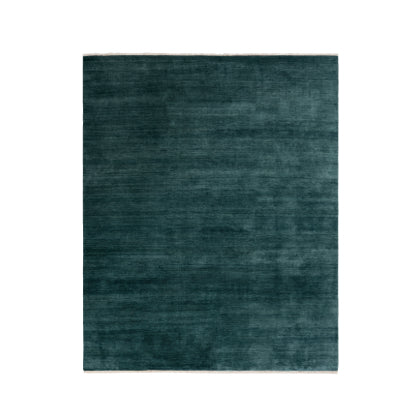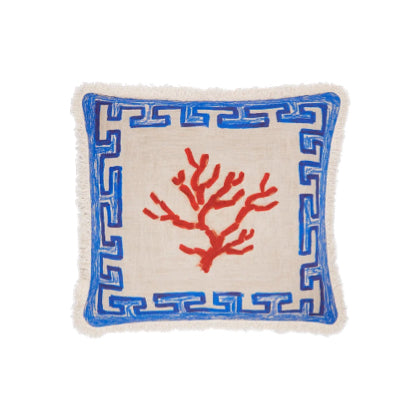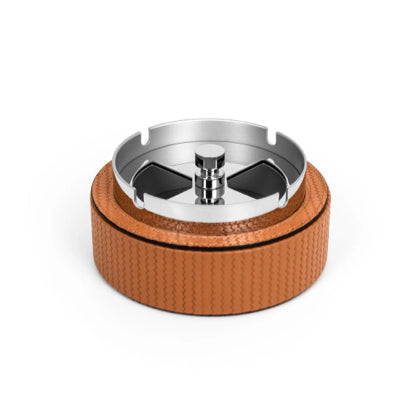Brutalism
Understanding the Philosophy of Brutalism in Our Collection
By focusing on this collection of modern home decor, we aim to honor the spirit of Brutalism and its ability to evoke strong reactions and reflections from its audience.
This curated selection is about more than just aesthetics; it also highlights the emotional weight that Brutalist designs carry. The pieces remind us of the interplay between functionality and beauty. When you engage with these works, you're invited to consider the stories they tell about society, history, and the human experience. The rawness of the materials, combined with the bold, often monolithic forms, creates a dialogue that resonates deeply with those who value substance over superficiality.
Each artwork serves as a testament to the philosophy that art and architecture can exist harmoniously while embracing the unvarnished truths of modern life. By focusing on this collection, we aim to honor the spirit of Brutalism and its ability to evoke strong reactions and reflections from its audience. It's about celebrating the daring spirit and innovative approaches that have shaped this unique style.
The evolution of architecture reflects the changing values and aspirations of society. Emerging in the mid-20th century, this architectural style is characterized by its raw, rugged forms and stark functionality. Concrete, glass, and steel dominate the landscape, creating structures that convey a sense of strength and permanence. This architectural approach often prioritizes the honest expression of materials, with a focus on geometric shapes and bold lines. The movement arose as a response to the ornate and decorative styles of the past, emphasizing simplicity and practicality in design. It challenges traditional aesthetics, offering a new perspective on how we perceive urban environments.
Culturally, architecture of this nature serves as both a reflection and critique of contemporary society. It often stands in stark contrast to its surroundings, prompting conversations about the role of buildings in everyday life. From government buildings to educational institutions, this architectural style has found a place in various types of structures, emphasizing functionality without sacrificing boldness. The impact of this movement is felt not only in the physical realm but also in the ways it influences art, design, and public discourse. As we appreciate these structures, we uncover the layers of meaning embedded within their austere façades.
When incorporating elements of this distinctive architectural style into your space, it's important to consider the overall aesthetic. This art form is characterized by bold geometric shapes and raw materials, often creating a striking visual impact. Choosing furnishings and decor that complement the art's rugged textures can enhance the overall ambiance. Opt for minimalist designs that highlight the structure's inherent beauty while avoiding clutter, allowing the art of the architecture to shine through.
Lighting plays a crucial role in showcasing architectural art. Natural light can accentuate the unique forms and materials, while strategically placed artificial lighting can highlight key features. Consider using fixtures that echo the clean lines and industrial feel of the architecture. Accessories such as sculptures or paintings that resonate with the art's aesthetic can enhance the space, creating a harmonious balance between the architectural elements and your interior decor.

